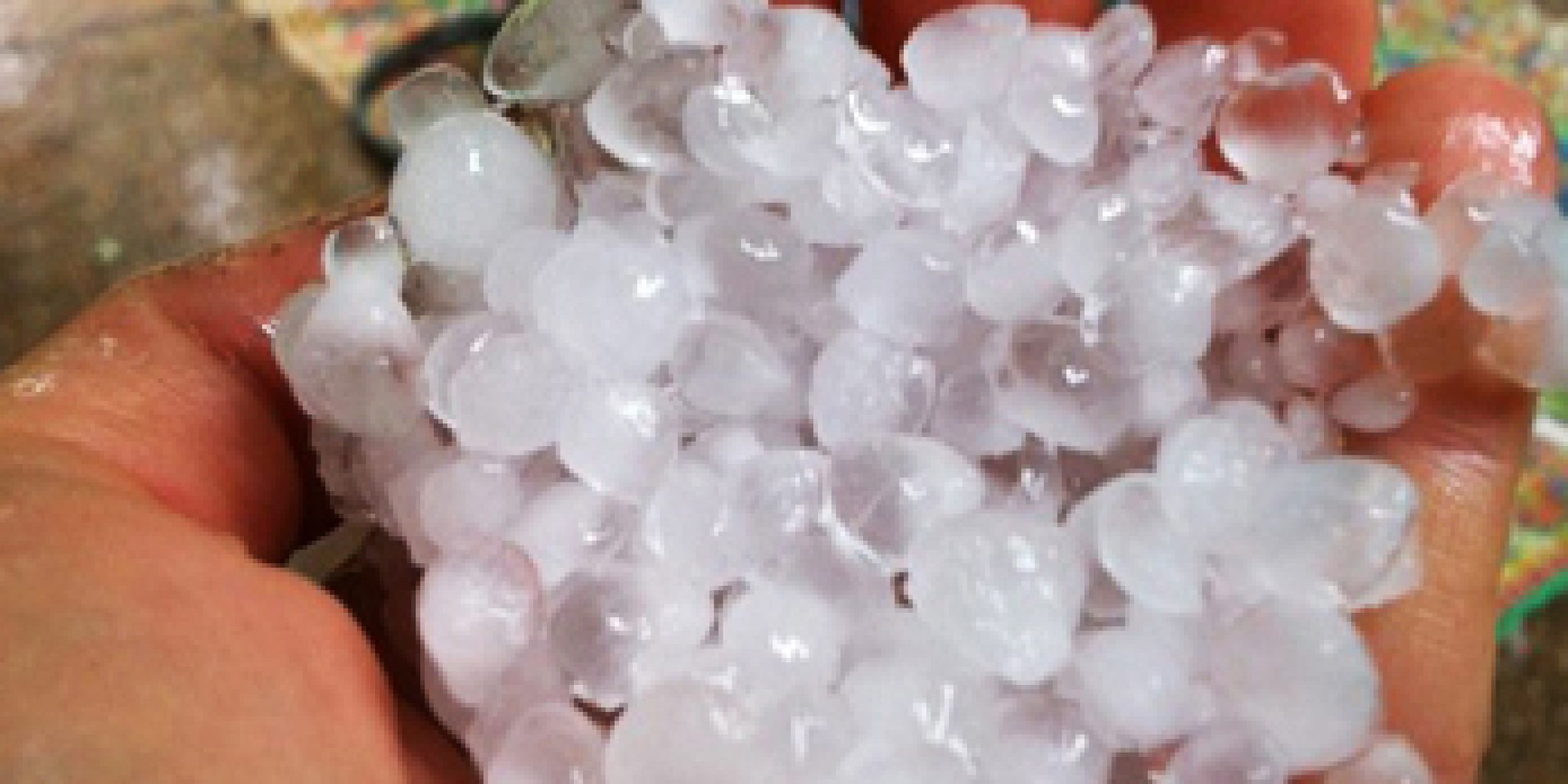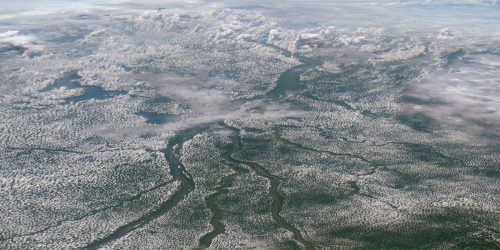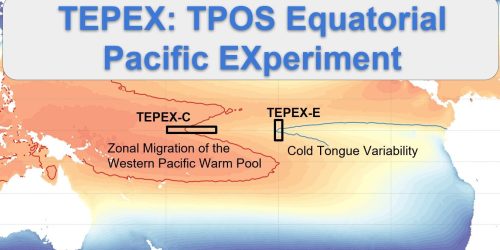Summertime hail could all but disappear from the eastern flank of Colorado’s Rocky Mountains by 2070, according to a new modeling study by scientists from NOAA and several other institutions.
Less hail damage could be good news for gardeners and farmers, said Kelly Mahoney, Ph.D., lead author of the study and a postdoctoral scientist at NOAA’s Earth System Research Laboratory (ESRL) in Boulder, Colo. But a shift from hail to rain can also mean more runoff, which could raise the risk of flash floods, she said.
“In this region of elevated terrain, hail may lessen the risk of flooding because it takes a while to melt,” Mahoney said. “Decision makers may not want to count on that in the future.”
For the new study, published this week in the journal Nature Climate Change, Mahoney and her colleagues used “downscaling” modeling techniques to try to understand how climate change might affect hail-producing weather patterns across Colorado.
Mahoney conducted this research as a postdoctoral research fellow with UCAR’s Postdocs Applying Climate Expertise (PACE) program. The goal of this postdoctoral program is to grow the pool of scientists qualified to transfer advances in climate science and climate prediction into climate-related decision framework(s) and decision tools.
The program pairs early-career climate scientists with two co-hosting institutions: one host provides the climate research expertise guidance, and the other host is a decision-making institution that provides an opportunity for PACE fellows to immerse themselves in a decision-making culture.
Mahoney is a member of the program’s Class of 2009. The PACE program is sponsored by NOAA’s Climate Program Office. In addition to NOAA, the Western Water Assessment and the US Bureau of Reclamation also supported Mahoney’s PACE appointment.
Read the full NOAA press release online.










